The Medical Media Review
-
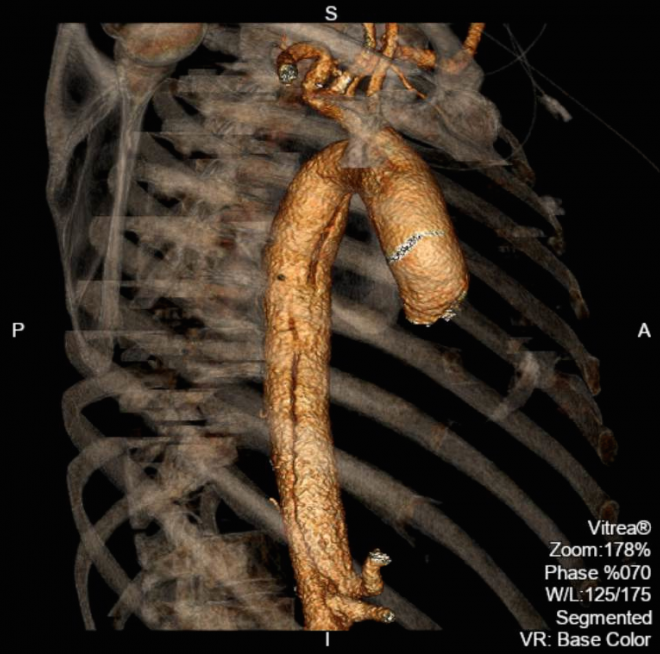
Critical, Deadly and Dangerous Radiology Diagnoses
The most important, critical, deadly and dangerous radiology diagnoses are, inter alia (and roughly from top to bottom): Head Skull (including orbital) fracture, meningitis, intracranial bleeding (epidural hematoma, subdural hematoma, intracerebral hemorrhage, subarachnoid hemorrhage), space occupying lesions (abscesses, tumors), traumatic brain injury, brain herniation, hydrocephalus, ischemic stroke, endophthalmitis, rhinocerebral mucormycosis, malignant external otitis Neck and cervical spine Carotid artery dissection…
-
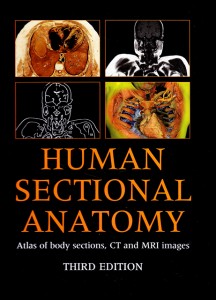
Book Review: Human Sectional Anatomy (2009) by Professor Harold Ellis
Human Sectional Anatomy: Atlas of body sections, CT and MRI images (2009) by Professor Harold Ellis is an exceptional anatomy book on many different levels. First, it shows you cadaveric sections that have been dissected in three dimensions to highlight some of the three dimensional sections of (what should have been) a two dimensional cut. It’s pretty hard to…
-
Toxic Hepatitis and Jaundice
Here are some important causes of toxic hepatitis and jaundice (notorious ones are in bold): Hepatocellular (elevated ALT and AST only): acarbose, acetaminophen, allopurinol, amiodarone, aspirin (in Reye’s syndrome), baclofen, bupropion, fluoxetine, HAART drugs, isoniazid, ketoconazole, lisinopril, losartan, methotrexate, NSAIDs, omeprazole, paroxetine, pyrazinamide, rifampin, risperidone, sertraline, statins, tetracyclines, trazodone, trovafloxacin, valproic acid, Vitamin A. Herbals…
-
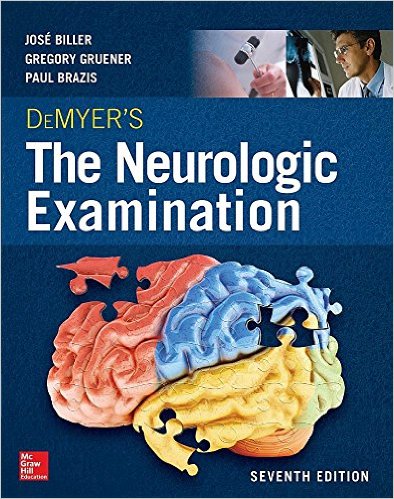
Neurology: A Curriculum for Self-Guided Learners
Here is my proposed curriculum for learning neurology: Step 1 Nail down your neuroanatomy with Basic Clinical Neuroscience by Paul A. Young (2007). If you are planning to become a neurologist, neurosurgeon or radiologist, use Sidman’s Neuroanatomy: A Programmed Learning Tool (2007) to help gain a deeper understanding of anatomic and functional neuroanatomy. In the alternative, or as an…
-
Medical Books that Don’t Exist
To my knowledge, the medical books listed below do not exist. If you have the talent and/or resources, please consider writing one of them. If you believe that any of these books does exist, please send me any information you can about them. A comprehensive multilevel 12-lead EKG book, one that takes the reader from novice to…
-
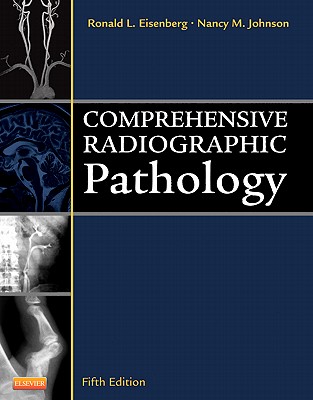
Book Review: Comprehensive Radiographic Pathology
Radiology and pathology are so intimately linked–with the former being essentially a field that is dedicated to the interpretations of shadows of the latter–that one would expect to find at least a few dozen comprehensive books about radiologic-pathologic correlations. There are, in fact, only a small handful of them in existence, with Comprehensive Radiographic Pathology (2011)…
-
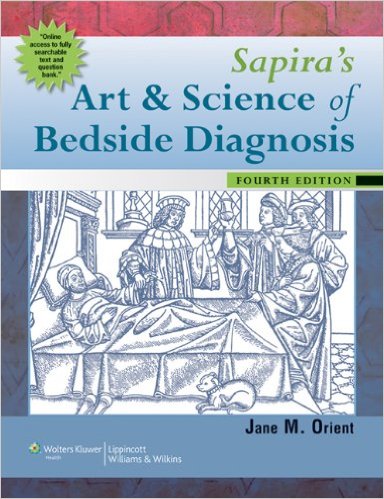
The Best Medical Books of All Time
***Click here for revised and updated list.*** Here are the best medical books of all time: The Chest X-Ray: A Survival Guide by Gerald de Lacey (2008, reviewed here) Brain CT Scans in Clinical Practice (2009, reviewed here) Learning Radiology, Recognizing the Basics, 2e, by William Herring MD (2011, reviewed here) Acid Base Case Studies…
Got any book recommendations?